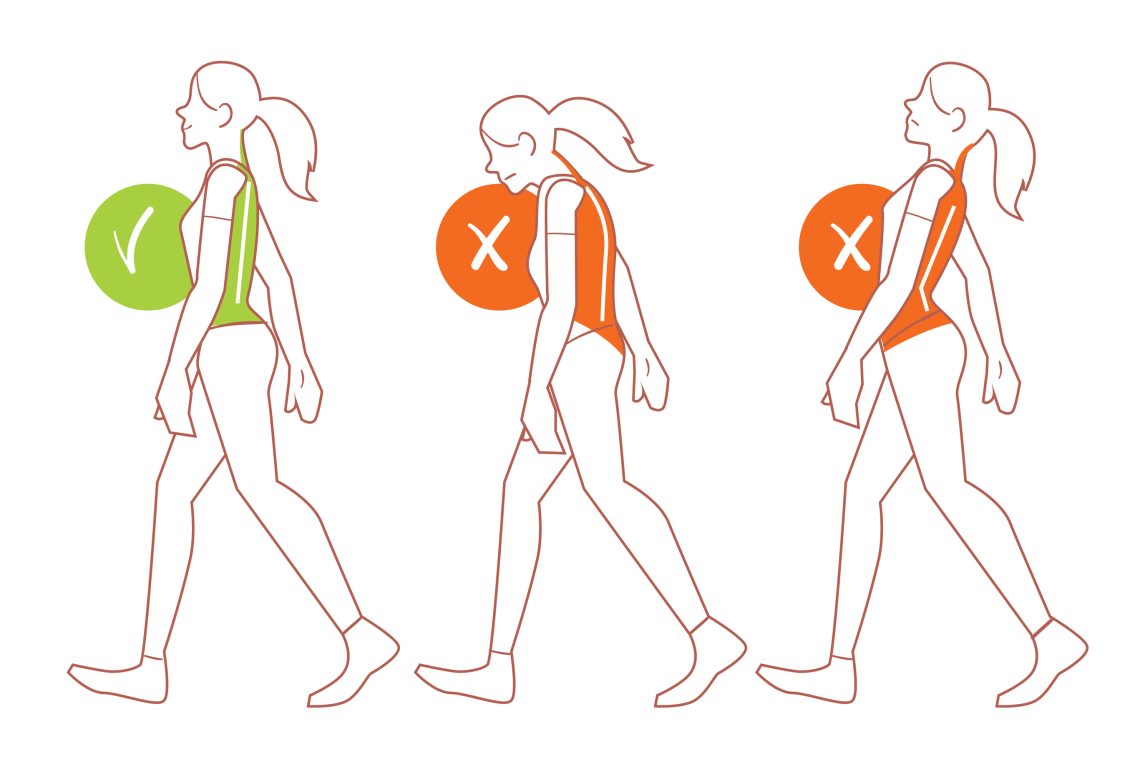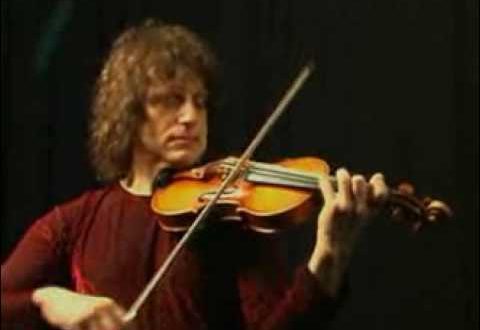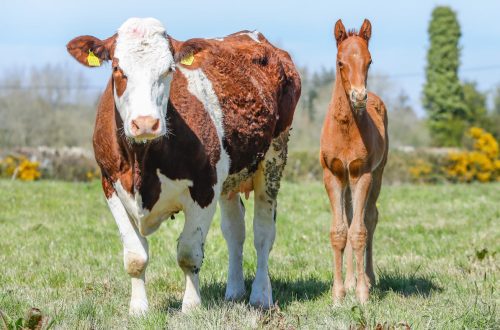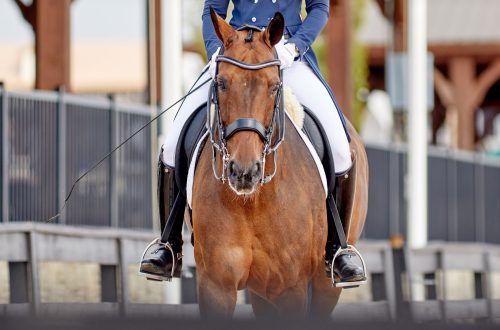
Do your hands move or stay still?
Do your hands move or stay still?
Usually in training it sounds: “Calm down your hands!”, “You move your hands too much.” I tell my students: “Move your arms, more, more!” More often than not, I say, “Unlock your elbows! Open and close them! More! Stronger! I want you to open and close your elbows so that it feels exaggerated, exaggerate your movements with your elbows as much as you can until I stop you.
Why am I doing this? Why ask riders to move their arms and elbows?
I want you to think about what your hands are connected to. Your hands are connected to the snaffle in the horse’s mouth. The snaffle in the mouth moves with the horse’s head. Does the horse’s head stay still or does it move?
Let’s start with a step. Give your horse the reins, let him be as free as possible (but be careful, you have to be safe) and just let your horse walk naturally. Make sure the step is active enough. Pay attention to the impact of the hooves on the ground. Can you count them? 1-2-3-4; 1-2-3-4; 1-2-3-4; 1-2-3-4. Count them out loud or sing a song to match the rhythm of your step.
Now look at the horse’s mane, notice how it moves as its head goes up and down? Which foot hits the ground when her head is lifted?
Every time a horse’s front legs hit the ground, its head goes up and back. And what happens to the snaffle? And what should your hands do? Your arms should move back and forth with the horse’s head!
You may need practice. Some riders get into the rhythm right away, some take time. Please make sure you get into the rhythm and that your arms move from your elbows, not your shoulders! Expand your chest and keep your elbows at your sides.
The easiest way to get your hands to move with your horse’s mouth is to start with a long rein, with the lightest contact. Look forward, open your chest, relax, let your hips follow the horse’s movements, and let your arms move back and forth. As you get into the rhythm, slowly begin to shorten the reins. If you lose the rhythm, lengthen it and start again.
If you want to try not moving your arms at all, then experiment. Move the horse at a walk, let it actively go forward. Move your arms, make good contact, and then reduce your movements to a minimum. What happened? No, I’m not going to tell you! Get on the horse and try!
What does a horse’s head do when trotting? Does she move or stay still? That’s right, she stays still! So what should your hands be doing? Of course, also stay still! The reason why this is difficult to do is becauseоMost of the time we ride at a posting trot, and then constantly move up and down without stopping.
So, the hardest thing to do at the trot is to keep our arms still as we relieve and get back into the saddle. Again, think about how your hands should stay with the horse’s mouth, not move with your body.
It’s not the easiest skill, but there are several exercisesthat you can do to make things easier for yourself.
1. Practice not on a horse – take a dressage whip, place it with the handle on the ground, and grab the tail with your hand. Then rise and fall, keeping the handle on the ground and not allowing the whip to bend. You need to change muscle memory, so if you’re serious about developing “right” arms, do this exercise three times a day for five minutes for two weeks. Then you don’t have to think about it, you will do everything automatically.
2. The next level of the same exercise is to take a whip and go to the trampoline with it. Perform movements up to 150 per minute. This is one of the best exercises Colleen Kelly has ever shared with me.
3. When you are riding, lower your little fingers down and touch the withers of the horse. Remember to keep your thumbs on top of your fist, chest out and don’t lean forward. Now as you relieve and return to the saddle, try to keep your little fingers in stable, light contact with the withers. You cannot do this without opening and closing your elbows. Once you’re done with that, raise your arms to a normal position and keep moving your elbows. I often ask students to do this work on a circle—half a circle with the little fingers touching the withers, half a circle with the hands in normal position, and so on, until the riders can work their elbows automatically.
Let’s move on to the gallop. At the canter, your arms move in the same way as they do at the walk. Think about how your horse’s head moves, how does he make a big nod while galloping? If you limit this movement by keeping your hands still, what happens?
You can use tactics similar to the one you used when walking. Please make sure you are safe and always work on this in a closed work area. You can start working on a long rein at a canter in a round barrel. Sit straight, keep your eyes on the ground, turn your chest and let your arms move in rhythm with the horse’s head. Then, just as you did on the walk, slowly contract the reins while continuing to move your arms.
When you can confidently work in the arena, moving your arms back and forth, you can use this skill to lengthen and shorten your stride. But that’s a topic for another article.
I hope this article helps you answer the question of whether the arms should stay still or move.
Translation by Valeria Smirnova (source).





